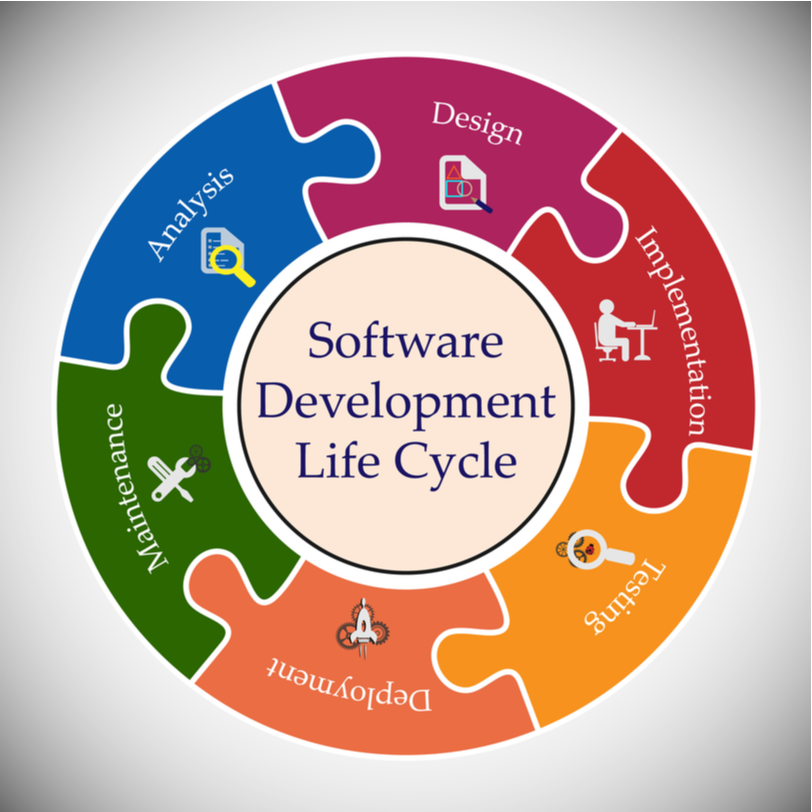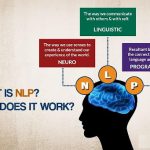The software development life cycle (SDLC) is a method of managing the different stages of an engineering project. The technique helps develop high-quality software. Numerous software development life cycle models are available. SDLC management approach focuses on the different phases of the project. The following excerpts list some of these stages.
- The demand analysis stage
- Planning Software
- Design Software
- Development
- Testing phase
- Deployment stage
This article initially details the working of SDLC. It further attempts to discuss the different SDLC models.
Table of Contents
What is SDC?
The software development life cycle or commonly termed as SDC is a management approach. It aims to generate software with the best quality at the cheapest cost possible. The strategy also focuses on completing the project within the shortest time that is possible.
The approach involves analyzing each of the stages in project initiation, development, and completion. It then proposes a well-organized manner that enables the production of high-quality software.
The method deals mainly with six significant phases of an engineering project. Several SDLC models are developed, seeing the vast scope and advantages. However, some of these are not as effective while some others are quite efficient.
The popular software development life cycle models are the spiral model, waterfall model, and agile model.
Working of SDLC
The primary focus of SDLC is predominantly two. The first one is to improve the quality of the software developed. It also includes compressing the time required for its completion as far as possible. The second one is to achieve the first focus with minimal cost. Indeed, these two goals are diverse. Thus, developing a single plan to accomplish both of these is quite challenging. That is where SDLC models stand out.
These models are capable of eliminating the usual drawbacks that arise during software development. The first step in the process is the Identification and Analysis of the deficiencies of the existing system.
Then, sorting the requirements of the project follows. Then the software creation is the next step. It progresses through different phases like examination, organization, and design. The other stages, like development, trialing, and deployment shall then follow.
The trial stage enjoys considerable significance. The approach follows a repetitive format. Thus, ensure the quality of code at the onset of each cycle.
Some specific approaches and organizations do not give due significance to the trialing stage. The problem with this ignorance is that it costs them more money and time for reworking.
Software development life cycle models
SDLC models help organize software development projects. Numerous models are available. Each of these models has its advantages of drawbacks.
Some models are quite popular, owing to the efficiency it offers. Thus, many organizations use these commonly all around the globe. The most popular ones are the waterfall model, iterative model, big bang model, spiral model, etc.
The following excerpts detail some of the widely employed models.
Waterfall model
The model is one of the models that was found and practiced in ancient times. Hence, the waterfall model is the oldest SDLC model. It is widely regarded as the most straightforward model in this regard.
The model employs a one-task at a time format. That means, the completion of one task initiates the next one. In addition to this, each of the stages has a mini-plan on its own.
The model’s drawback is that there are chances of incompletion of specific small details. The consequence is quite hazardous. This one fault can affect the entire process as a whole.
Agile model
This model focuses on completing the procedures at a faster pace. The model achieves it by segregating product development into different cycles. After each release, they take feedbacks. Then redesign the cycles in response to the feedback obtained. Every new version released will have these suggested changes.
The disadvantage of this model is that there exists a higher reliance on customer interaction. Thus, there are chances that the development at times may proceed in the wrong direction.
Iterative model
The primary focus of this model is repetition. The developers are to create the software fastly. This design should be such that it requires minimal cost. Subsequent testing follows. Then, the feedbacks are taken into account for its development. The cycle repeats itself.
The major drawback of this proposal is that there are no frequent checks on the resources. Thus, there are chances of misutilization of available resources.
V-shaped model
This model is an extension of the infamous waterfall model. Here too, conduct the tests at every phase of development.
Big bang models
This method is ideal for projects on a small scale. For more significant projects, it can bring in a loss.
Spiral model
This model is the most flexible SDLC model. This model also focuses significantly on repletion. It thus shares a similarity with the iterative model.
Advantages of Software development life cycle models
A well-conducted and executed SDLC can yield the best possible management control and subsequent documentation. The developers can perceive what they are ought to create and why. Everybody associated with software development can get a more in-depth insight into the development process. Thus, they get an idea of what is required and how it is conducted.
Everybody can get to know the resources and costs required, thereby providing clarity.
Conclusion
SDLC is an effective method to develop and test the software most efficiently. It enhances the quality of the project. Also, the best outputs are possible with minimum time and cost. The SDLC significantly focuses on the different phases of development. It thus ensures that the best practice is carried out at every stage.
There are numerous Software development life cycle models. Employing a capable SDLC model is worthwhile. Out of the many available, the popular ones are the waterfall model, agile model, and spiral model. There are several others too. A well-structured model can help achieve the desired effects. It can also give the associated workers greater clarity regarding project development.







